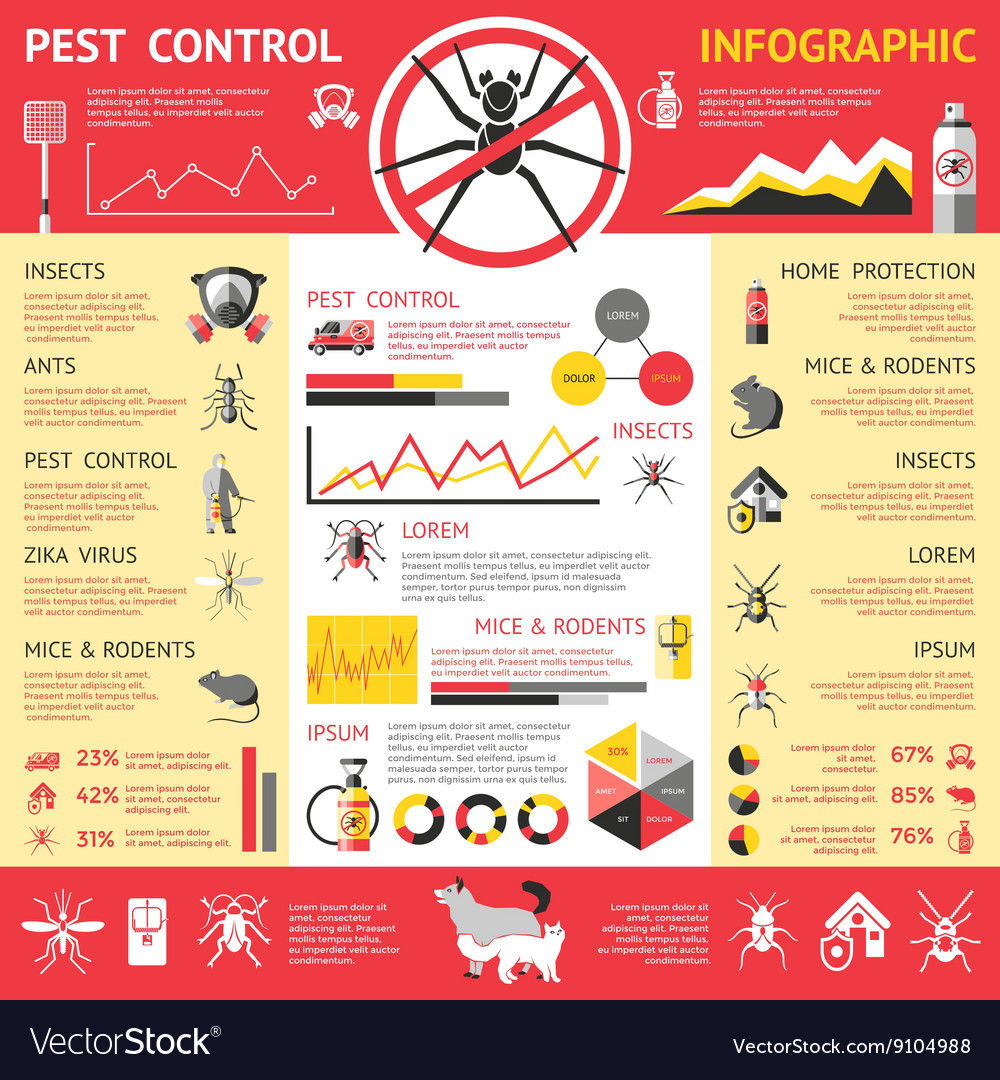Picture your attic room as a relaxing Airbnb for rats, with insulation as fluffy as resort cushions and wiring extra tempting than room service. Now, imagine these unwanted guests tossing a wild celebration in your home while you're away. As a home owner, guaranteeing your attic is rodent-proof is not just about comfort; it's about securing your home and liked ones. So, what basic steps can you require to secure your refuge from these hairy intruders?
Examine for Entry Points
To start rodent-proofing your attic, examine for entry factors. Beginning by thoroughly analyzing the exterior of your home, searching for any openings that rodents might use to access to your attic room. Check for spaces around utility lines, vents, and pipes, along with any type of fractures or holes in the structure or home siding. See to it to pay very close attention to areas where different structure materials meet, as these are common access points for rats.
Furthermore, examine the roof covering for any type of damaged or missing shingles, in addition to any kind of voids around the edges where rodents can squeeze through. Inside the attic, try to find indicators of existing rodent activity such as droppings, chewed cables, or nesting materials. Use a flashlight to extensively check dark edges and concealed spaces.
Seal Cracks and Gaps
Evaluate your attic room completely for any type of splits and voids that require to be sealed to prevent rats from entering. Rodents can press with also the smallest openings, so it's critical to secure any kind of possible access points. Inspect around pipelines, vents, wires, and where the walls satisfy the roof. Make use of a combination of steel wool and caulking to seal these openings properly. Steel wool is an excellent deterrent as rodents can't eat through it. Make best thing to kill spiders in house that all spaces are firmly sealed to reject access to unwanted insects.
Don't forget the importance of securing gaps around windows and doors as well. Usage weather removing or door sweeps to seal these locations efficiently. Check the areas where energy lines enter the attic and seal them off utilizing a suitable sealer. By taking the time to seal all cracks and voids in your attic room, you create a barrier that rats will discover tough to breach. Prevention is key in rodent-proofing your attic room, so be thorough in your efforts to seal any type of prospective entry factors.
Eliminate Food Resources
Take aggressive actions to remove or keep all possible food resources in your attic room to discourage rodents from infesting the area. Rodents are brought in to food, so eliminating their food resources is important in maintaining them out of your attic.
Below's what you can do:
1. ** Shop food safely **: Prevent leaving any food products in the attic. Store all food in airtight containers made from steel or durable plastic to avoid rodents from accessing them.
2. ** Clean up debris **: Eliminate any type of piles of debris, such as old papers, cardboard boxes, or wood scraps, that rodents can utilize as nesting material or food sources. Maintain the attic clutter-free to make it less attractive to rodents.
3. ** Dispose of trash correctly **: If you use your attic for storage and have trash or waste up there, ensure to take care of it consistently and appropriately. Decaying visit the next document can attract rodents, so keep the attic tidy and devoid of any kind of organic waste.
Verdict
Finally, keep in mind that an ounce of prevention deserves an extra pound of cure when it comes to rodent-proofing your attic room.
By taking the time to inspect for entry points, seal cracks and spaces, and get rid of food sources, you can keep undesirable pests at bay.
Bear in mind, 'An ounce of avoidance is worth a pound of remedy' - Benjamin Franklin.
Remain proactive and shield your home from rodent infestations.
